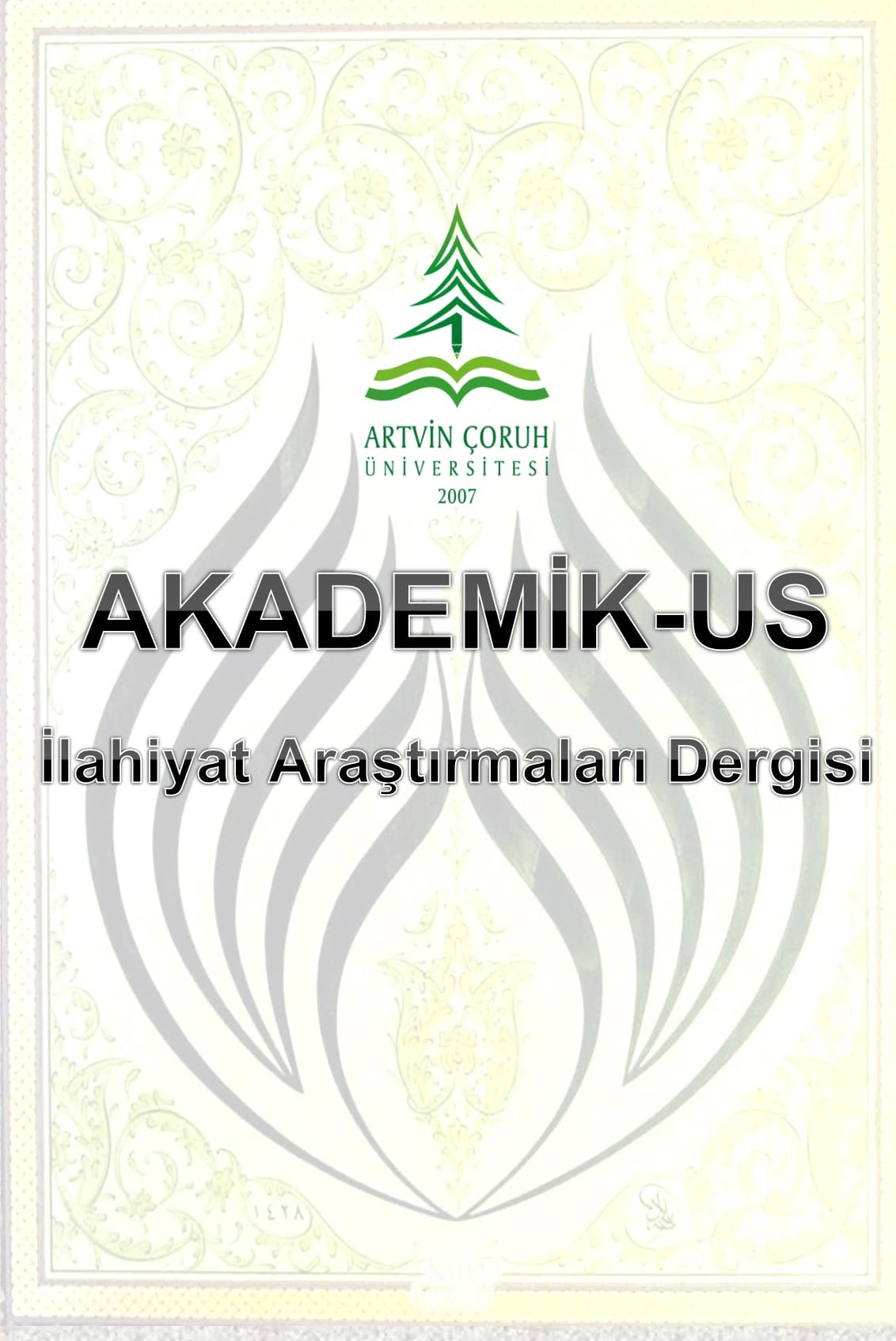Metaverse ve Din: İmkânsızın Peşinde
Metaverse, Religion, Belief, Morality, Technology, Religiosity, ميتافيرس ، دين ، عقيدة ، أخلاق ، تكنلوجي
Metaverse and Religion: Chasing Rainbows
Metaverse, Din, İnanç, Ahlak, Teknoloji, Dindarlık, ميتافيرس ، دين ، عقيدة ، أخلاق ، تكنلوجي,
___
- Almond, Phillip C. Rudolf Otto: An introduction to his philosophical theology. Chapel Hill: University of North Carolina Press, 1. Basım, 2011.
- Armstrong, Karen. Fields of Blood: Religion and the history of violence. Random House, 2015.
- Bainbridge, William Sims. God from the machine: Artificial intelligence models of religious cognition. Rowman Altamira, 2006.
- Barrett, Justin L. Born believers: The science of children’s religious belief. Simon and Schuster, 2012.
- Bolger, Ryan K. “Finding Wholes in the Metaverse: Posthuman Mystics as Agents of Evolutionary Contextualization”. Religions 12/9 (2021), 768.
- Boudon, Raymond. The Origin of Values: Reprint Edition: Sociology and Philosophy of Beliefs. New York: Routledge, 2017.
- Bulbulia, Joseph. “Religiosity as mental time-travel”. The believing primate, 44-75.
- Byrne, Peter. Natural religion and the nature of religion: The legacy of deism. Routledge, 2013.
- Chirico, Alice - Gaggioli, Andrea. “When Virtual Feels Real: Comparing Emotional Responses and Presence in Virtual and Natural Environments”. Cyberpsychology, Behavior, and Social Networking 22/3 (2019), 220-226. https://doi.org/10.1089/cyber.2018.0393
- Cornwall, Marie, et al. “The dimensions of religiosity: A conceptual model with an empirical test”. Review of religious research, 226-244.
- Delipetrev, Blagoj vd. “Historical Evolution of Artificial Intelligence”.
- Díez, Jaime López. “Metaverse: Year One. Mark Zuckerberg’s video keynote on Meta (October 2021) in the context of previous and prospective studies on metaverses”. Pensar la publicidad: revista internacional de investigaciones publicitarias 15/2 (2021), 299-303.
- Dourish, Paul-Bell, Genevieve. Divining a digital future: Mess and mythology in ubiquitous computing. MIT Press, 2011.
- Eliade, Mircea. The Myth of the Eternal Return: Cosmos and History translated by Willard R. Trask and Jonathan Z. Smith. NJ: Princeton University Press, 2005.
- Goldman, Ronald. Readiness for religion: A basis for developmental religious education. New York: Routledge, 2018.
- Granqvist, Pehr - Hagekull, Berit. “Religiosity, adult attachment, and why" singles" are more religious”. The International Journal for the Psychology of Religion 10/2 (2000), 111-123.
- Kotrlik, J. W. - Williams, H. A. “The incorporation of effect size in information technology, learning, information technology, learning, and performance research and performance research”. Information Technology, Learning, and Performance Journal 21/1 (2003), 1.
- Merola, Nicholas - Pe, Jorge. “The effects of avatar appearance in virtual worlds”. Journal for Virtual Worlds Research 2/5 (2009), 1-12.
- Nuzzi, Ronald J. et al. Striving for balance, steadfast in faith: The Notre Dame study of US Catholic elementary school principals. IAP, 2012.
- ISSN: 2587-0750
- Yayın Aralığı: Yılda 2 Sayı
- Başlangıç: 2017
- Yayıncı: Artvin Çoruh Üniversitesi
حدیقة الحقیقة وشریعة الطریقة للسنائي الغزنوي؛ رائد الشعر الصوفي الفارسي
Osmanlı-İran Savaşları Esnasında Trabzon ve Çevresinde Eşkıyalık Faaliyetleri (1723-1727)
Metaverse ve Din: İmkânsızın Peşinde
Klasik ve Modern Tefsirler Bağlamında Mübhemâtü’l-Kur’ân
Havva Ayşe SAİNKAPLAN, Muhammet YILMAZ
Fiyatlar Bahsi Özelinde İktisâdî Yaşamın İtikadî Temeli
